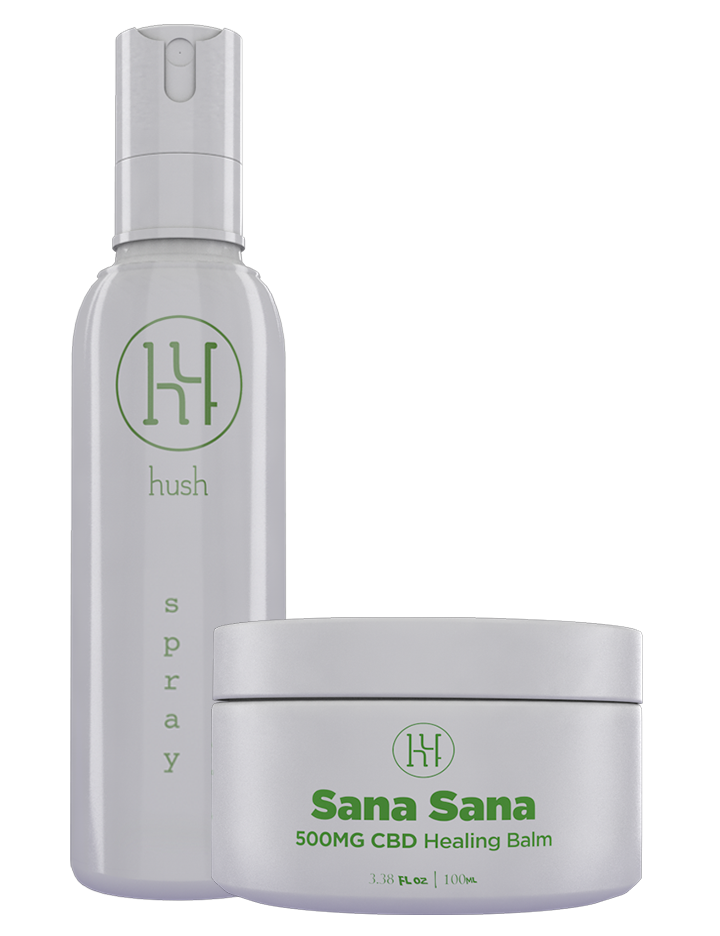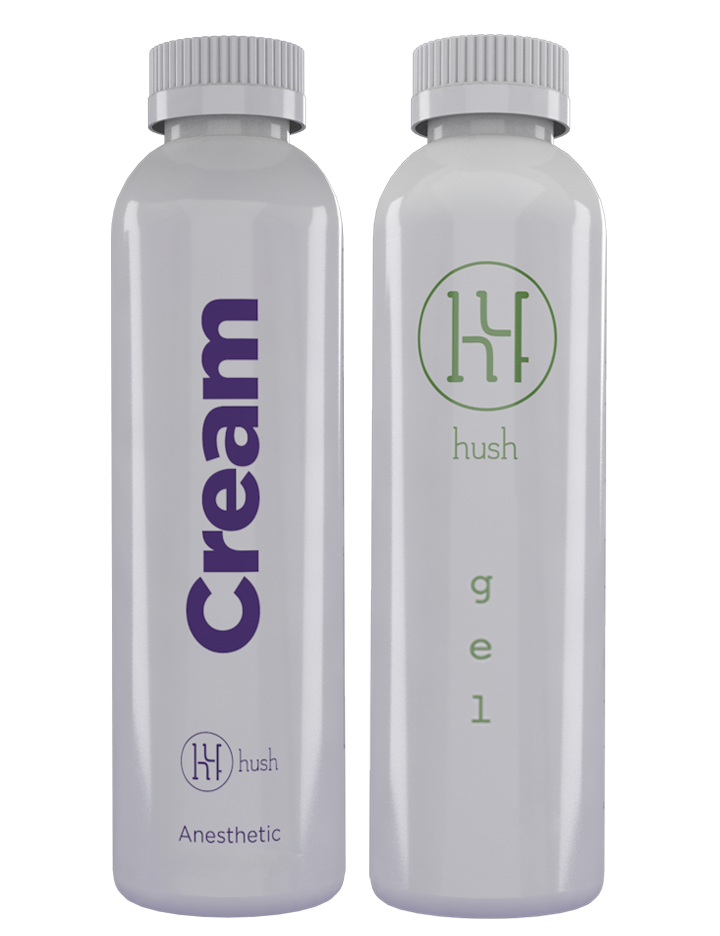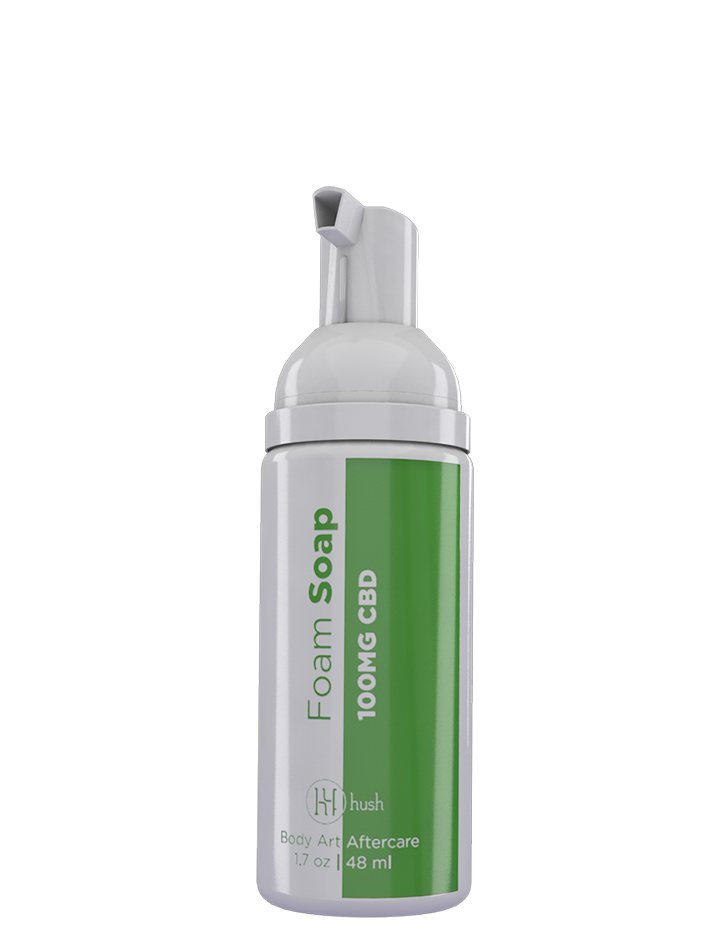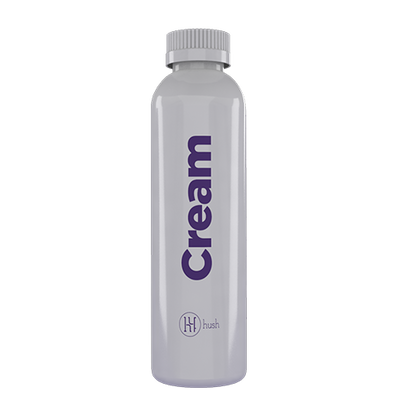
$45.99
Tattoos go through many different phases as they heal. The first phase is the leaky phase, the second is the peeling phase, the third is the dreaded itching phase, and the fourth is the body completing the healing process. It may look like you have a raised tattoo throughout this time, especially at the beginning.
Raised tattoos aren’t usually something to be concerned about, especially early in the healing process. Here’s what’s going on, how to support the healing process, and when to be concerned if things aren’t improving.
How Do Tattoos Work?
Tattoo needles vibrate with intense speed, puncturing through the top layer of the skin and depositing inky pigments below that layer. As the body heals, it encapsulates the ink and holds it in place within deeper layers of the skin. That’s why it’s perfectly normal for a new tattoo to appear raised.
Is It Normal for a Tattoo To Be Raised?
It’s normal for a new tattoo to be raised while it’s healing. It may appear the most raised the morning after your tattoo and gradually lower a little more every day until the surface of your skin is completely flat.
Swelling is a normal part of the process. A tattoo is technically a wound until it fully heals. The combination of swelling and the body working to encapsulate ink in deeper layers of the skin may cause your tattooed skin to appear red or a little puffed up.
When Should a Raised Tattoo Go Down?

Everyone will heal at a slightly different rate. It’s normal for a raised tattoo to go down after one to two weeks with proper aftercare. If it’s taking a lot longer than that or if the situation is getting worse, you may have an infection.
The best way to avoid an infected tattoo is to follow your artist’s aftercare instructions down to the letter. Your tattoo artist cares about your health and safety, and certified artists are required to understand the basics of first aid and preventing infection. Everything they tell you to do is to keep you safe and help you maintain your beautiful new tattoo.
If it seems like the raised portions of your tattoo aren’t going down or irritation is worsening, it’s time to call your tattoo artist. They'll want to know if something doesn’t seem right. Your tattoo artist can tell you if something is wrong and advise you on what to do next.
Help Your Tattoo Heal Properly and Stay Beautiful
The basics of the healing process of a tattoo are the same as the healing process for any other kind of wound. The biggest difference is that you need to support the healing process in a way that will help your body retain the pigments and help the tattoo keep its shape.
An experienced tattoo artist will use proper techniques and depths to encourage your tattoo to heal well. They’ve done all the hard work for you. You only need to give your tattoo a little backup as it heals.
Tattoo artists will send their clients home with aftercare instructions. These instructions may vary slightly from artist to artist, but the basics are always the same. Following these instructions can help to prevent or reduce the appearance of a raised tattoo as your body heals.
Don’t Remove the Wrap Until You Get the Okay
Most tattoo artists use a self-adhesive clear sheet wrap to protect new tattoos. New tattoos will leak a lot of fluid, and the wrap keeps the fluid trapped. It may not be a pretty sight, but it’s an important part of healing.
Keeping the tattoo moist, sterile, and submerged in the body’s natural healing factors can do a lot to jump-start the healing process. Your tattoo artist will likely recommend that you keep the first wrap on for 24 hours.
You’ll likely have to replace the wraps daily for the first few days. Don’t leave your tattoo uncovered, which can leave it vulnerable to irritation or infection.
Wash Your Tattoo With Gentle Soap
Washing your tattoo is important. Cleanliness keeps harmful bacteria away from your healing skin. Just be mindful of the kind of soap you use.
Fragranced soap and body wash may smell great, but they aren’t the same as antibacterial soap. Fragrance can be irritating to open wounds. Antibacterial soap is designed to kill bacteria, which is the main reason why you’re washing your tattoo in the first place.
Dry Your Tattoo Well
If you’re going to cover your tattoo again, you don’t want to leave it waterlogged. Trapped water can create the perfect environment for bacteria to breed. Make sure you gently pat your tattoo dry before you stick your new protective sheet on top.
Moisturize the Skin
After you’ve uncovered your tattoo, moisturizer will act as a barrier to protect your healing skin. Deeply nourishing moisturizers feed your skin what it needs to repair itself.
Apply a liberal amount and gently rub it into your tattoo and the surrounding area. Skip lotions with artificial colors and fragrances, which may irritate your new tattoo.
Whatever You Do, Don’t Scratch or Pick
Your tattoo is going to itch a lot and eventually peel. It’s a completely normal part of the healing process and might remind you of sunburn. It’s super important not to scratch or peel.
When you scratch, you create micro-wounds on the surface of your delicate healing skin. You can introduce bacteria into these wounds from beneath your fingernails.
Peeling or picking can cause more than just the superficial layer of dead skin to come off. If you peel or pick too deeply, you can scrape away the pigments of your tattoo. It’s best to wait it out and let the skin gently slough away on its own.
We’ve Got You Covered
Taking great care of your tattoo will help it heal, allowing the skin to go back to normal. It can also prevent irritation that may cause a tattoo to appear swollen and raised. Always follow your artist’s aftercare advice. We’re here to help you do that.
Our tattoo aftercare set contains everything you need to cleanse and moisturize your tattoo and a numbing spray that may reduce your urge to scratch or peel your healing tattoo.
Sources:
Tattoo You: Immune System Cells Help Keep Ink In Its Place | NPR
Itchy rash could be contact dermatitis | American Academy of Dermatology





